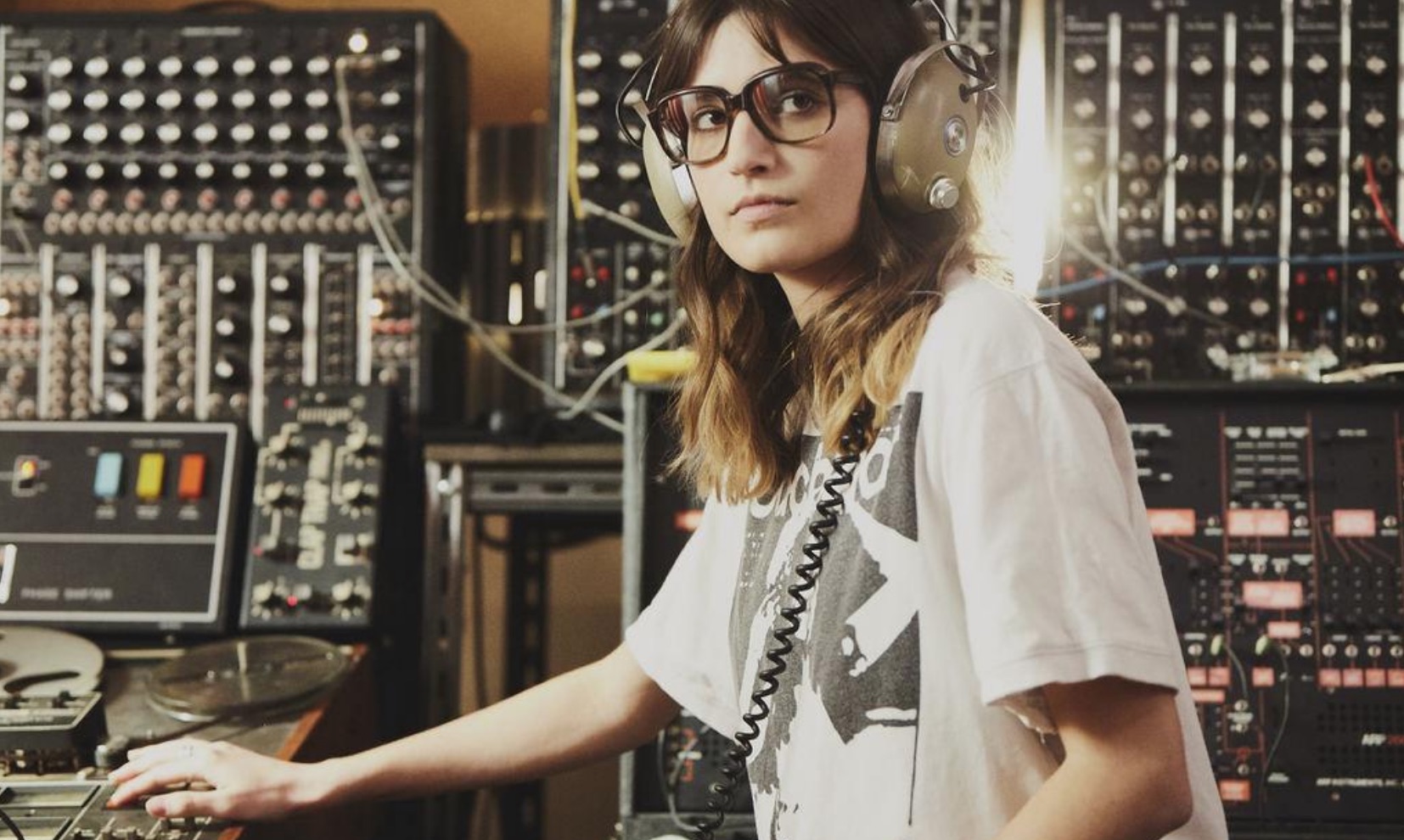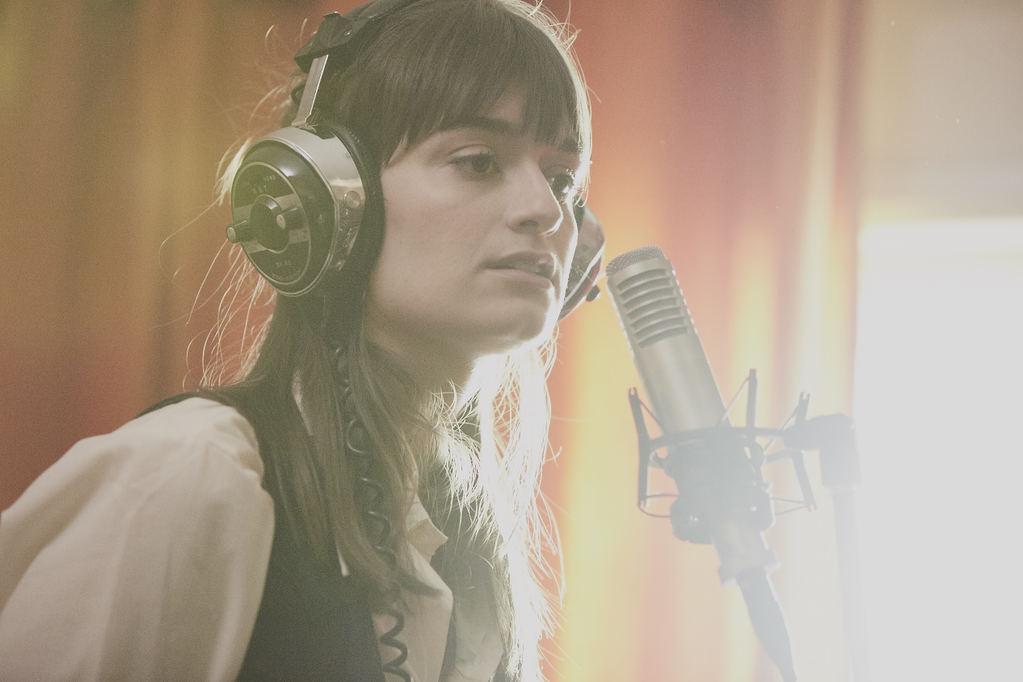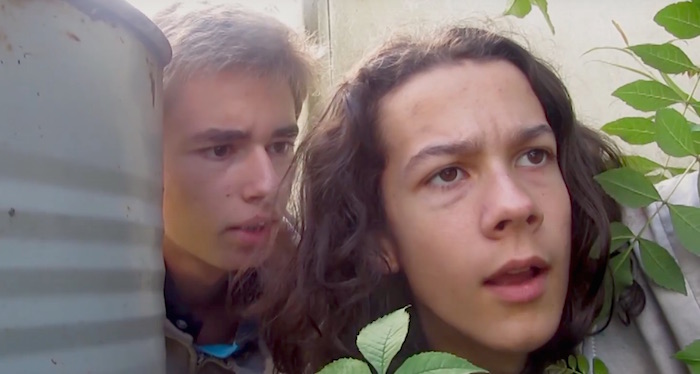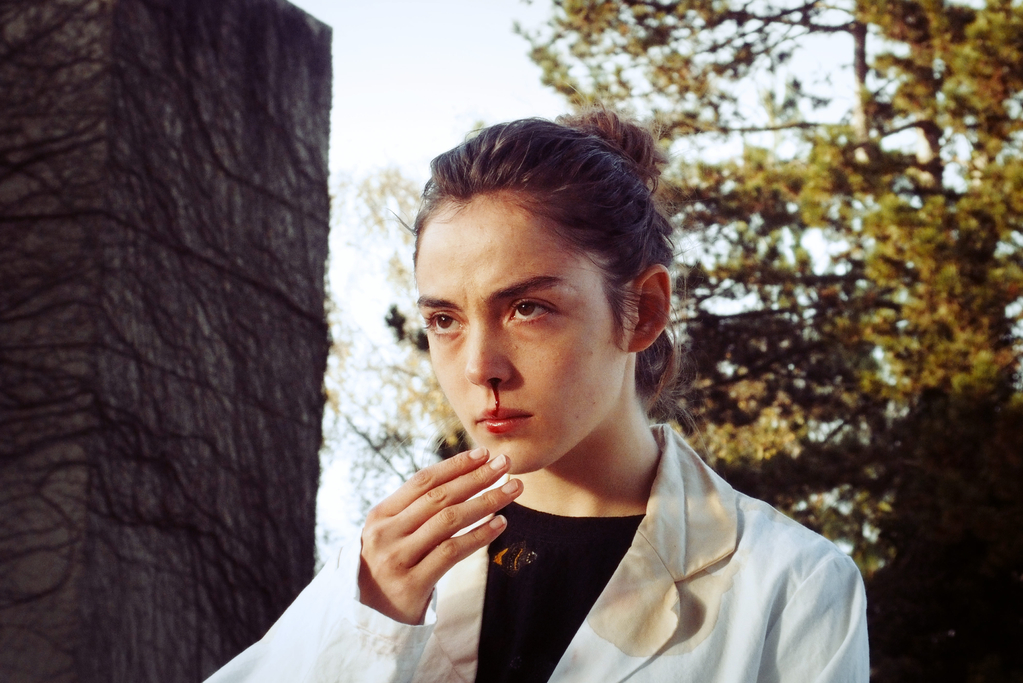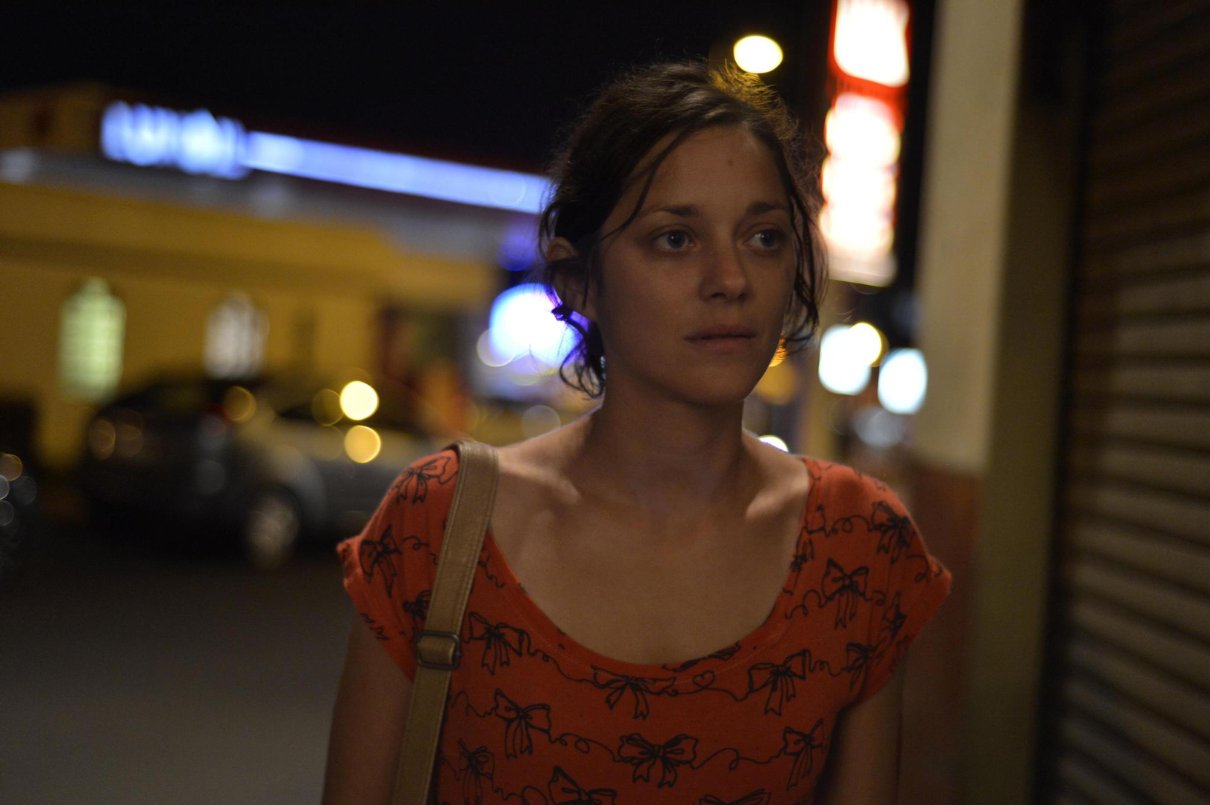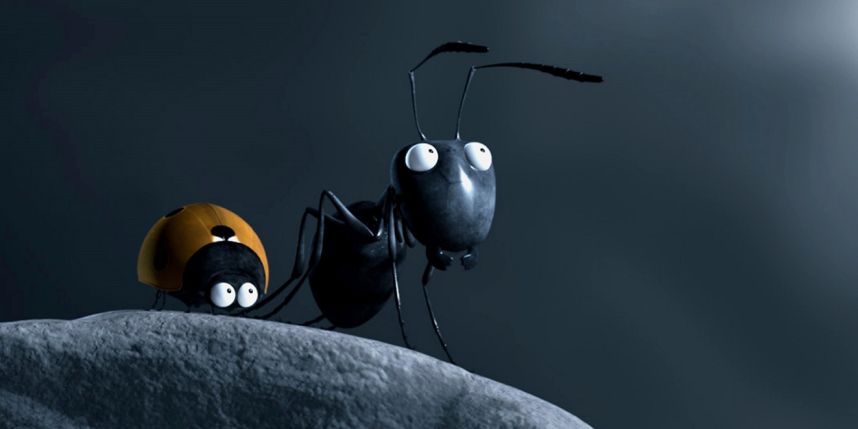THE DEEP HOUSE
 Thursday, July 29, 2021 at 4:16PM
Thursday, July 29, 2021 at 4:16PM
Stars: Camille Rowe, James Jagger, Eric Savin and Carolina Massey.
Writers: (French) Alexandre Bustillo, Julien Maury; (English) Julien David, Rachel Parker.
Directors: Alexandre Bustillo, Julien Maury.
Rating: ★ ★ ★ ★
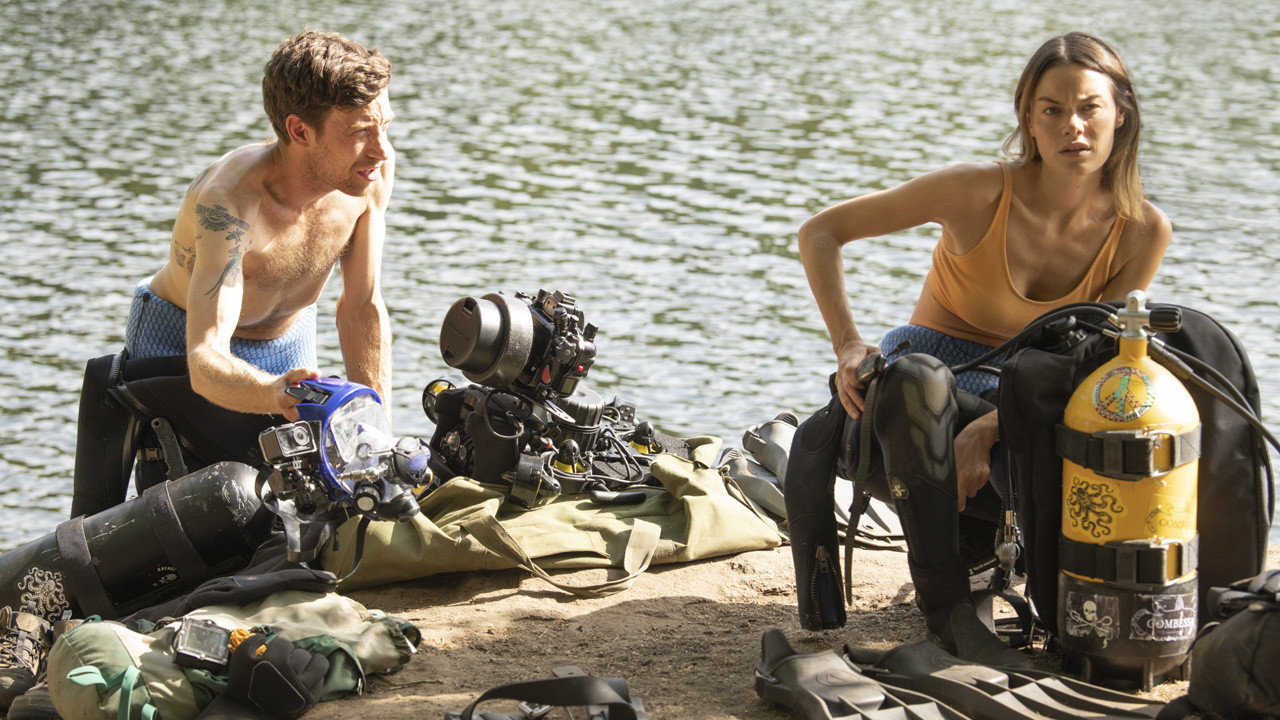
What do you call two internet influencers at the bottom of a lake? If you answered, “A good start”, you’ll likely find some dark-hearted glee amongst the legit chills in The Deep House, the latest from horror cinema’s most promising new directors of the ‘00s, Alexandre Bustillo and Julien Maury.
Brattish Urbex YouTuber Ben (James Jagger) has convinced his gf Tina (Camille Rowe) to travel the European countryside, exploring society’s forgotten relics, the kind that often hold supernatural potential. Ben is the sort of boyfriend who enjoys frightening Tina in abandoned mansions, because that’s what earns likes and shares on his travel site; on more than one occasion, Tina justifiably mutters, “You’re so annoying.”
Their latest destination is a submerged home deep in a remote French lake. Led there by Pierre (Eric Savin), that most dangerous of horror tropes - the ‘mysterious local’ - Ben and Tina (with their underwater drone camera, ‘Tom’, as in ‘peeping’) are soon exploring the murky depths yet oddly pristine corridors of Montegnac House. The setting is pure ‘haunted estate’, but the claustrophobic intensity of scuba diving and the constant ticking-clock that is the oxygen reader exponentially increases the tension.
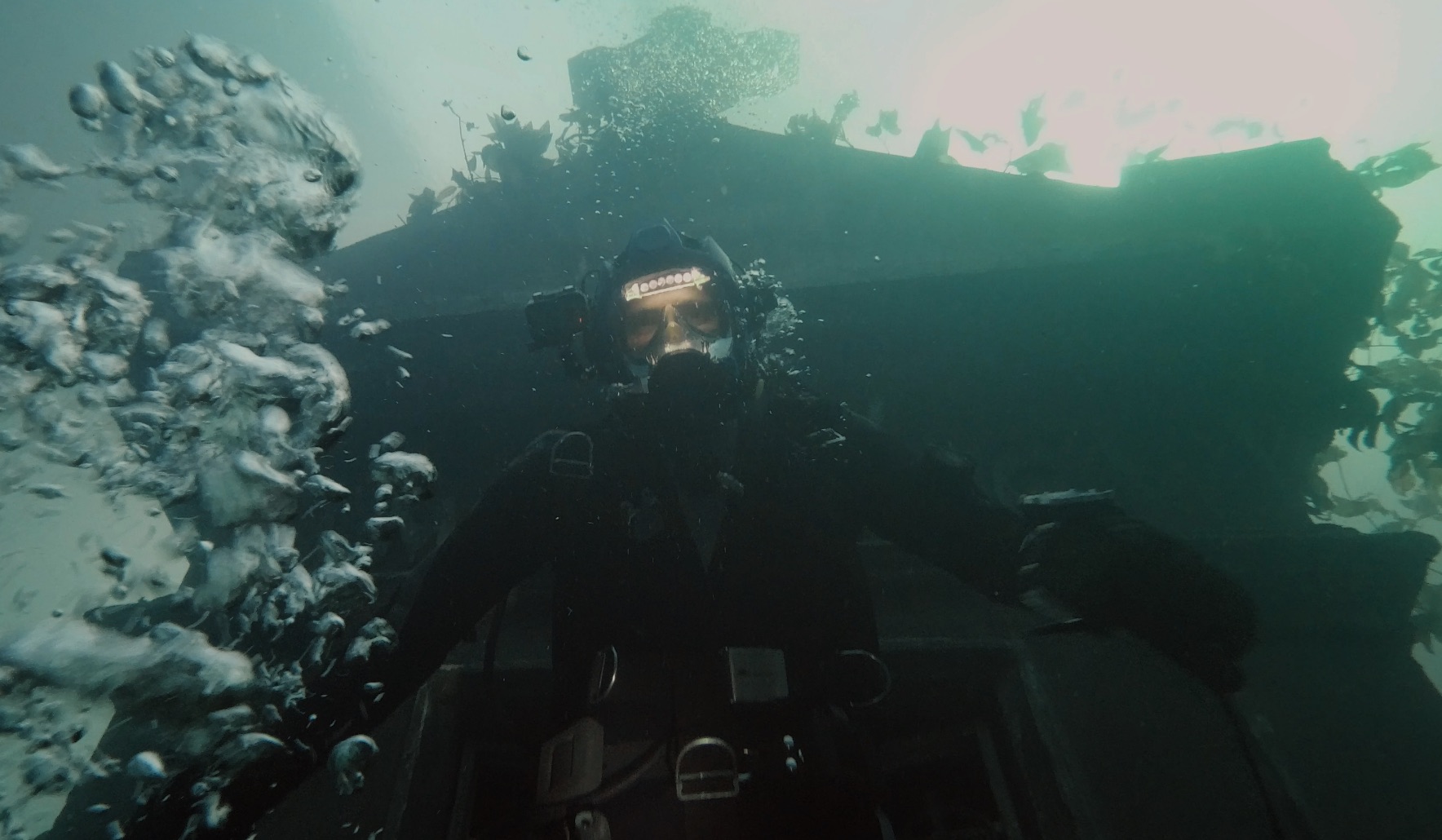
When their debut 2007 work À l'intérieur (Inside) was judged amongst the best of the new wave of French ‘hardcore horror’ films, the sheer brutality and filmmaking bravado of Bustillo and Maury earned them critical bouquets and cult status (both of which were less forthcoming with the arty hollowness of their 2011 follow-up, Livide).
With The Deep House, they embrace a more barebones aesthetic; a first-person immediacy, the kind of filmmaking usually associated with the ‘found footage’ genre. Go-pros, drone lensing, body-cams, hi-tech mask-mics - the cutting edge tools of the video adventurer are used to record a fateful expedition, an undertaking filled with the kind of shocking revelations and otherworldly vistations that, ironically, would have ensured Ben the social media eyeballs he craved.
In the 14 years since they burst onto the scene, Alexandre Bustillo and Julien Maury have only improved as cinema craftspeople. With almost an hour of its 83 min story spent underwater, the directors and their DOP Jacques Ballard were submerged for 33 production days, capturing Hubert Pouille’s detailed production design and Ilse Willcox’s set decoration with consummate artistry. That The Deep House manages to be a white-knuckle ghost story as well seems like a value-added bonus.
